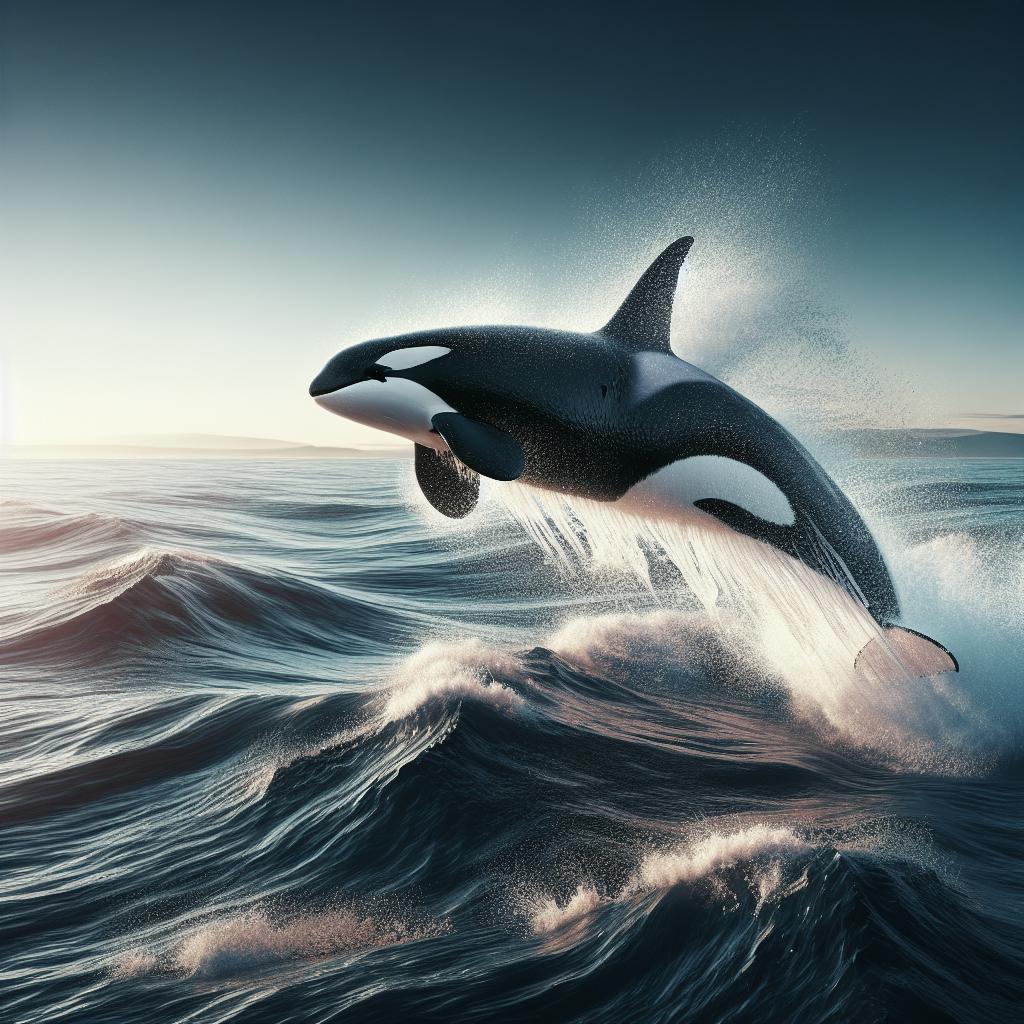Polar bears are incredible creatures that command awe and respect due to their power and majestic presence. Living in the icy regions of the Arctic, these predators are intricately tied to their environment. This blog post delves into various aspects surrounding polar bears, from their habitat and their significance in the ecosystem, to the increasing danger they pose to humans as a result of climate change. We will explore how these magnificent beings live, why they are crucial for ecological balance, and the complexities introduced by our warming planet. By understanding these facets, we can better appreciate the challenges polar bears face and what that means for their future—and ours.
Where do polar bears live?
Polar bears (Ursus maritimus) primarily inhabit the Arctic region, extending across various countries, including Canada, Greenland, Norway (Svalbard), Russia, and the United States (Alaska). Their habitat consists mainly of sea ice, which they rely on for hunting seals, their primary prey. The dynamic nature of sea ice means that polar bears are constantly on the move, traveling hundreds of miles annually to find food and suitable conditions for hunting. This vast icy wilderness, characterized by freezing temperatures and long, dark winters, is a challenging environment. Yet, polar bears thrive here due to their thick fur, layer of blubber, and specialized hunting skills. They are well-adapted to the cold but remain highly dependent on the stability of sea ice for survival.
Why polar bears are so important
Polar bears serve as a vital indicator species for understanding the health of the Arctic ecosystem. As top predators, their population and health reflect the state of the entire food web. By studying polar bears, scientists can glean insights into the broader impacts of environmental changes and pollution in the Arctic. The importance of polar bears stretches beyond their role in the ecosystem. They hold cultural significance for the indigenous peoples of the Arctic, playing a central role in their traditions, folklore, and survival strategies. Their presence is intertwined with the cultural heritage and identity of these communities.
Polar bear: a powerful predator on ice
Standing over ten feet tall on their hind legs and weighing up to 1,700 pounds, polar bears are formidable predators. Their hunting prowess is unparalleled, relying on a combination of stealth, strength, and patience to catch seals resting on the sea ice. Their sharp claws and keen sense of smell—capable of detecting seals nearly a mile away—make them incredibly efficient hunters. Their carnivorous diet, primarily consisting of seals, provides the high fat content necessary to survive the harsh Arctic environment. Polar bears utilize a method known as still-hunting, where they wait by seal breathing holes to snatch their prey, demonstrating remarkable patience and adaptability.
Polar bear attacks on humans: Implications of a changing climate
Instances of polar bear attacks on humans have been rare but are becoming more frequent with climate change. As sea ice diminishes, polar bears are forced to wander closer to human settlements in search of food. This increasing interaction heightens the risk of dangerous encounters between polar bears and humans. These attacks can have severe consequences for both parties. For humans, the threat to life and property is substantial, while for polar bears, these incidents often result in their being killed in self-defense. This not only poses a danger to humans but also exacerbates the threats faced by already vulnerable polar bear populations.
More on climate change
Climate change is having profound effects on the Arctic environment, with temperature increases contributing to melting sea ice. This drastically alters the habitat and hunting grounds of polar bears, leading to a decline in their population. Reduced ice cover means longer swimming distances and fewer opportunities to find seals, resulting in malnutrition and lower cub survival rates. Moreover, climate change is affecting the broader Arctic ecosystem. Shifts in prey availability and the intrusion of other species into polar bear territories are further complicating their survival. The ripple effects of these changes underscore the urgency of addressing climate change to protect these incredible animals and their habitat. At the intersection of human activity and ecological conservation lies the fate of the polar bear, balancing on the precarious edge of our warming world. Understanding and addressing these challenges are essential for ensuring a future where polar bears continue to roam the Arctic ice.
| Section | Summary |
|---|---|
| Where do polar bears live? | Polar bears inhabit the Arctic region, relying on sea ice for hunting seals, their primary prey. |
| Why polar bears are so important | They are an indicator species for the Arctic ecosystem’s health and hold cultural significance for indigenous peoples. |
| Polar bear: a powerful predator on ice | Polar bears are apex predators with remarkable hunting skills, relying on seals for their high-fat diet. |
| Polar bear attacks on humans: Implications of a changing climate | Climate change forces polar bears closer to human settlements, increasing the risk of dangerous encounters. |
| More on climate change | Climate change drastically affects the Arctic, decreasing sea ice and impacting polar bear survival. |


